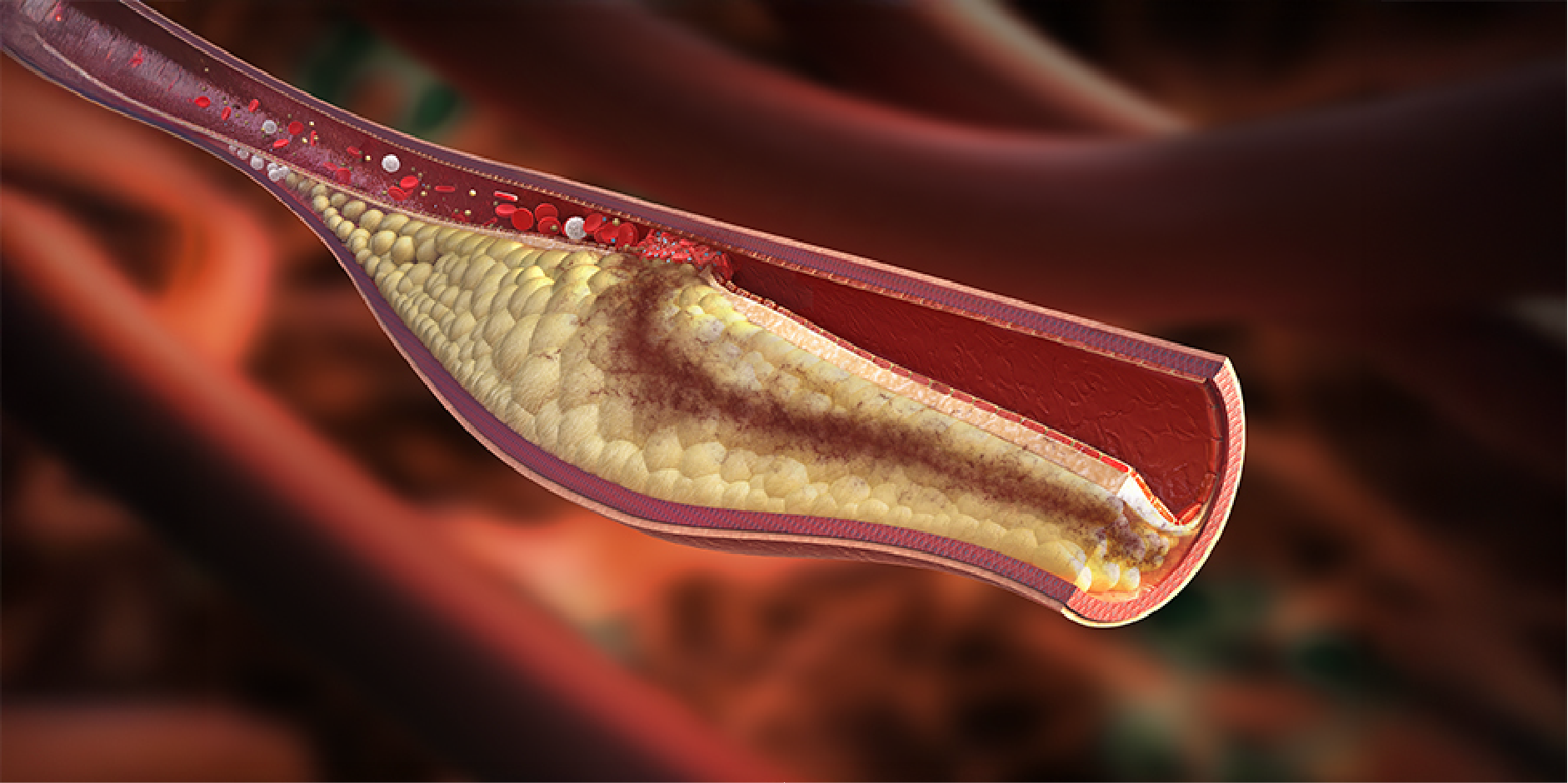Content on this page:
Content on this page:
Introduction
Acute
coronary syndrome (ACS) is any constellation of symptoms compatible with acute
myocardial ischemia usually caused by the sudden reduction in coronary blood
flow from atherosclerotic plaque rupture or erosion and
subsequent thrombosis. ACS with persistent ST-segment elevation is
ST-segment elevation myocardial infarction or STEMI. It presents with elevated
levels of cardiac biomarkers. It usually has a
completely occluded vessel resulting in transmural myocardial ischemia and
infarction.
Please see Myocardial Infarction
with ST-Segment Elevation disease management chart for further
information.
ACS without persistent ST-segment
elevation or non-ST elevation ACS (NSTE-ACS) is comprised of unstable angina
(UA) and non-ST-segment elevation myocardial infarction (NSTEMI). UA is
characterized by ischemic discomfort that presents with normal cardiac biomarkers
in the blood, with or without ischemia-related ECG
changes. NSTEMI is characterized by elevated levels of cardiac
biomarkers. It may have a partially occluded coronary artery resulting in
subendocardial ischemia.
 Acute Coronary Syndromes w.out Persistent ST-Segment Elevation_Disease Background 1
Acute Coronary Syndromes w.out Persistent ST-Segment Elevation_Disease Background 1Epidemiology
It is estimated that around 17.9 million people
died of cardiovascular disease in 2019, corresponding to 32% of all deaths in
the world. Among these, as much as 85% were due to ACS and stroke. The annual
incidence of UA in industrialized countries is about 6/10,000
people in the general population. In the Unites States alone, there are as much
as 1.4 million hospital admissions a year due to NSTE-ACS. More than 780,000
people will experience ACS with 70% suffering with NSTEMI. The median age of
presentation of ACS is 68 years old with males outnumbering females by 3:2
ratio. These things being considered, heart disease is the leading cause of
mortality and morbidity in the United States.
In Malaysia, ischemic heart disease is still
the most common cause of death, with ACS having the incidence of roughly 141
per 100,000 population per year. Just like in Malaysia, ischemic heart disease
was identified as the leading cause of mortality in the Philippines from 2013
to 2018. In the Philippines, males are more commonly noted to suffer ACS with a
mean age group of 66 years old.
Pathophysiology
The hallmark of ACS is the mismatch between myocardial
oxygen demand and myocardial oxygen consumption resulting in myocardial injury.
The most common cause of this mismatch is coronary artery obstruction caused by
an atherosclerotic plaque. However, other causes include vasospasms (such as in
Prinzmetal angina), coronary embolism, coronary arteritis, and even non-coronary
conditions such as hypotension, hypertension, hypertrophic cardiomyopathy,
severe anemia, and severe aortic stenosis.
 Acute Coronary Syndromes w.out Persistent ST-Segment Elevation_Disease Background 2
Acute Coronary Syndromes w.out Persistent ST-Segment Elevation_Disease Background 2Risk Factors
Risk factors for ACS, just like the other manifestations of ischemic heart disease, include older age, tobacco use, sedentary lifestyle, hypertension, diabetes, obesity, family history, dyslipidemia, previous atheromatous cardiovascular disease, male sex, and other disorders of circulation (eg valvular heart disease, arrhythmias, cardiomyopathies).
